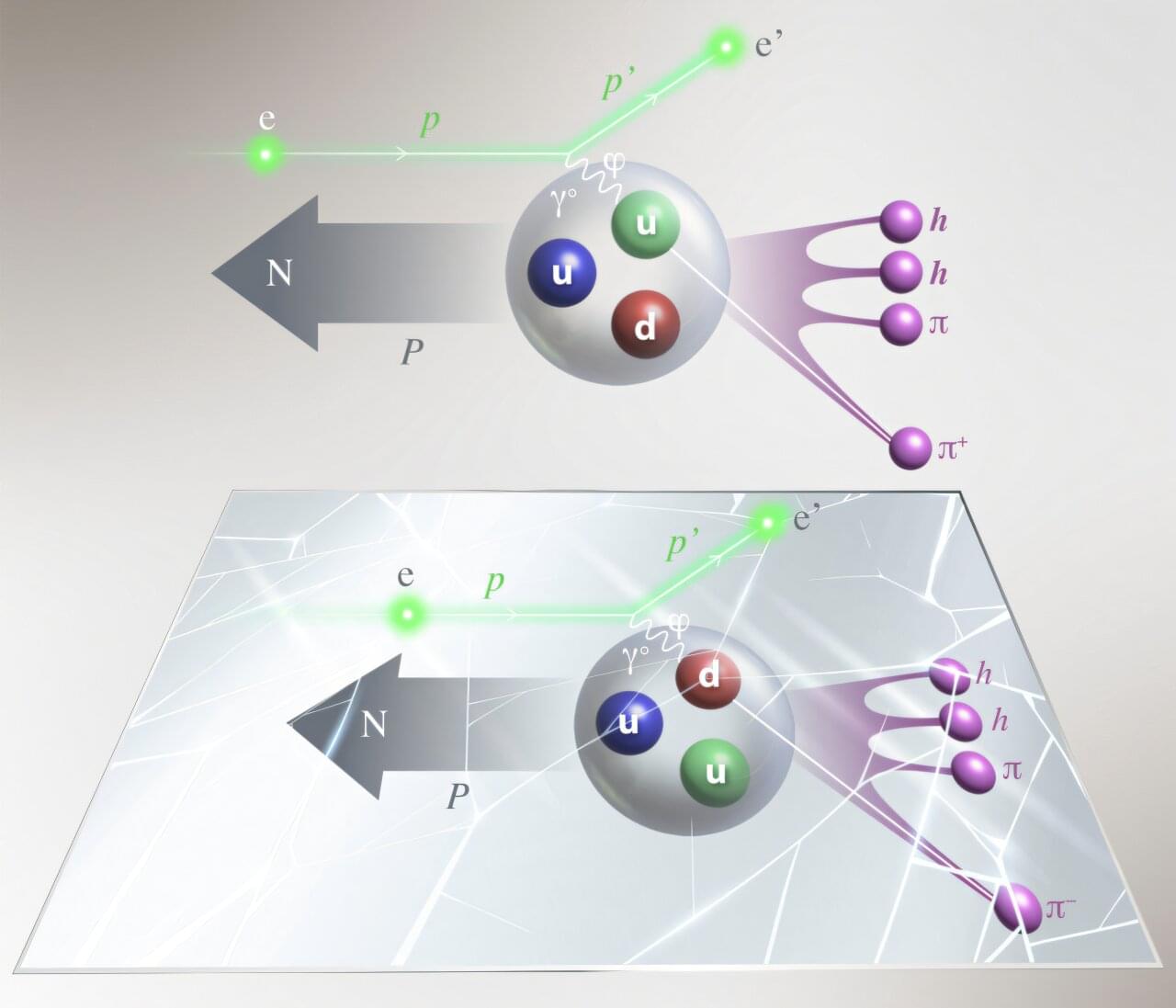From the powdered wings of a butterfly to the icy spines of a snowflake, symmetry is a common feature in nature. This often even holds true down to the smallest bits of matter, which helps nuclear physicists ensure their measurements of the inhabitants of the subatomic world are accurate. The trick is knowing when something you’re measuring is symmetric and when it is not.
Now, nuclear physicists conducting experiments at the U.S. Department of Energy’s Thomas Jefferson National Accelerator Facility have found new and unexpected cases of broken isospin symmetry. The discovery upends thoughts on how some particles are produced in experiments and could have implications for future studies of these particles.
The research is published in the journal Physics Letters B.
